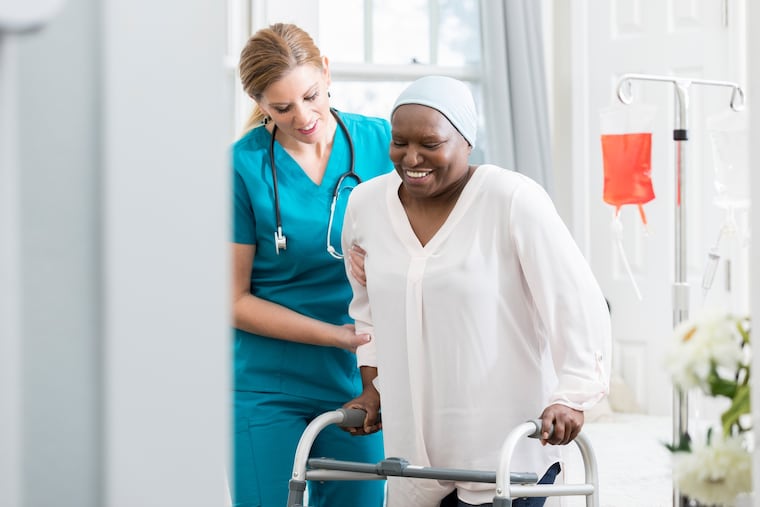In surgical recovery — or any tough task — the key is to keep moving, cardiac resident learns
I watch my patients get out of bed after a major procedure, and realize that I can tackle my challenges, too.

I watch my patients get out of bed after a major procedure, and realize that I can tackle my challenges, too.
